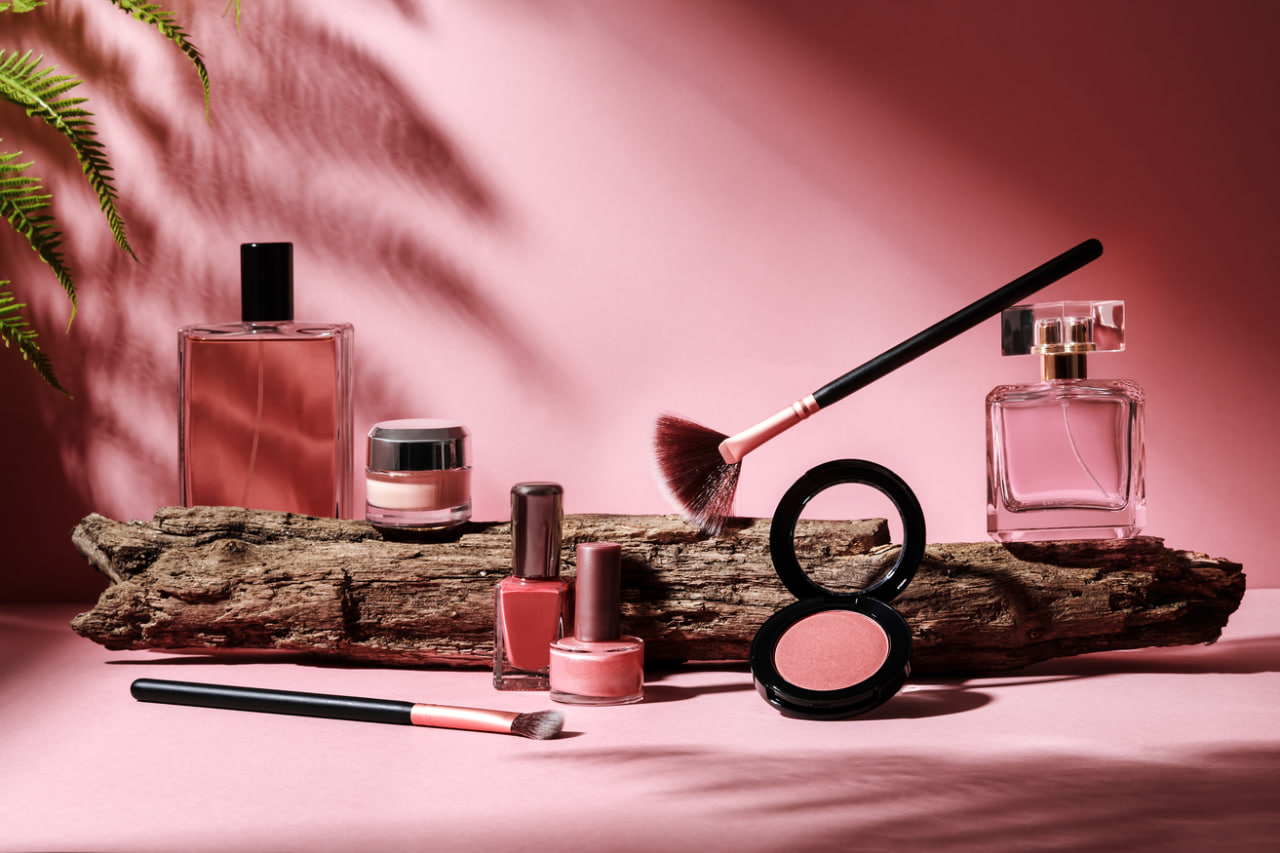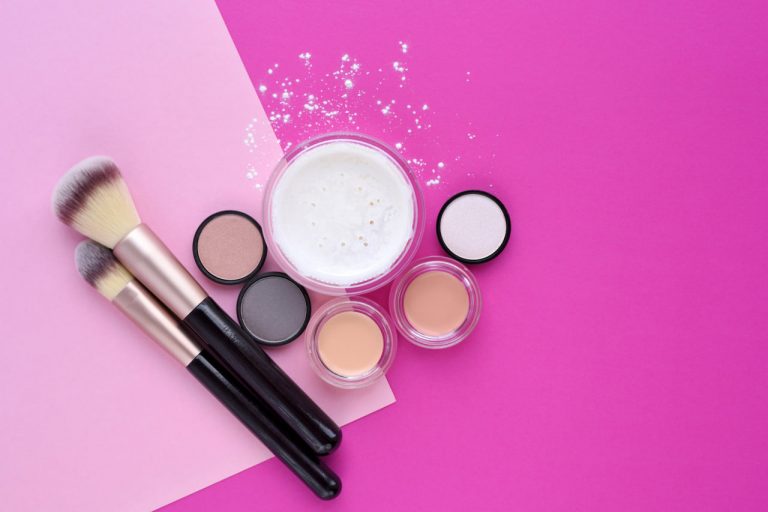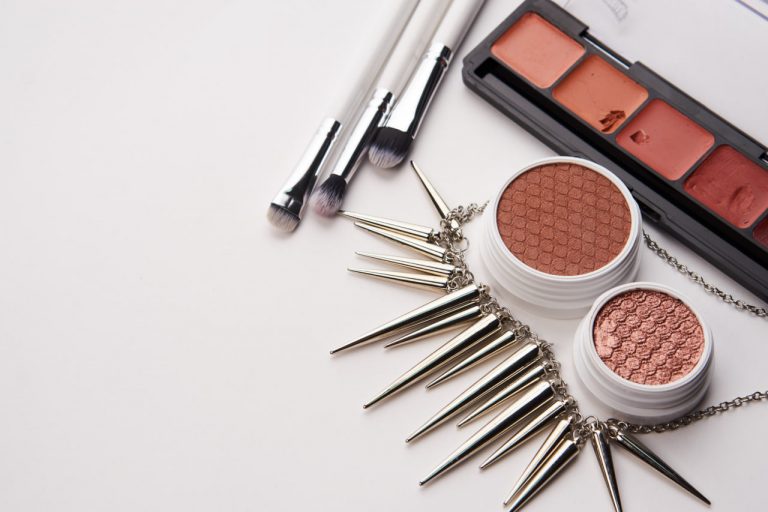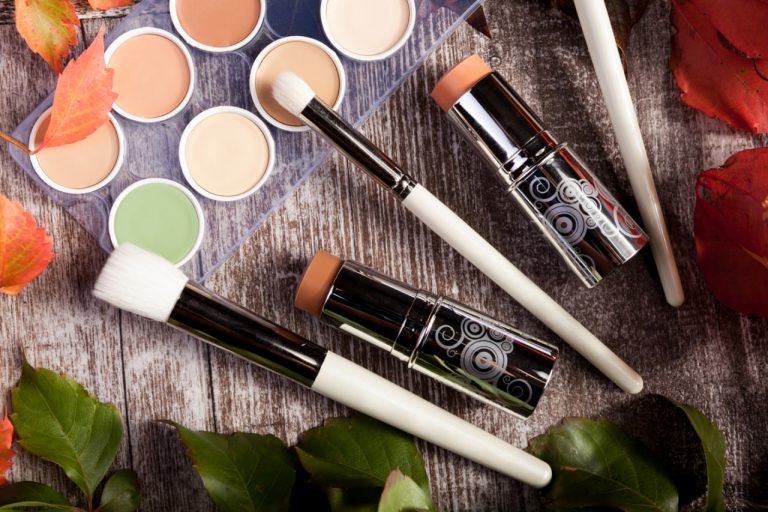From Kitchen to Cosmetic Lab: Beginner-Friendly DIY Skincare Recipes
Creating your own skincare products at home can be a fun, rewarding, and educational experience….
Creating your own skincare products at home can be a fun, rewarding, and educational experience. DIY skincare recipes allow you to control the ingredients, customize formulations for your skin type, and experiment with natural alternatives to commercial products. Whether you are a complete beginner or someone looking to expand your cosmetic-making skills, starting with kitchen-friendly recipes is a safe and accessible way to dive into the world of skincare creation.
Understanding the Basics of DIY Skincare
Before diving into recipes, it’s important to understand the fundamentals of skincare formulation. Every product you make should have a clear purpose, whether it’s moisturizing, cleansing, or soothing the skin. Ingredients fall into several categories:
- Oils and Butters: Provide hydration and nourishment. Examples include coconut oil, shea butter, and almond oil.
- Humectants: Attract water to the skin, such as glycerin or honey.
- Emulsifiers: Help blend oil and water-based ingredients, though beginners can start with simpler oil-based products that don’t require emulsifiers.
- Active Ingredients: Offer targeted benefits, like aloe vera for soothing or green tea extract for antioxidants.
Safety is key when making skincare at home. Always use clean utensils and containers, check for potential allergies, and store products properly to prevent contamination.
Simple Moisturizing Recipes
Coconut Oil and Honey Balm
This natural balm is ideal for dry patches and can be used on hands, elbows, or lips. Combine equal parts coconut oil and honey, gently warming them to blend, then pour into a small container. Apply as needed for soft, hydrated skin.
Oatmeal and Yogurt Face Mask
Oatmeal soothes irritation, while yogurt provides gentle exfoliation. Mix two tablespoons of plain yogurt with one tablespoon of finely ground oatmeal. Apply to clean skin for 10–15 minutes, then rinse with lukewarm water. This mask is excellent for sensitive or inflamed skin.
Gentle Cleansing Recipes
Honey and Olive Oil Cleanser
Honey acts as a natural antibacterial agent, and olive oil helps remove impurities without stripping the skin. Mix one tablespoon of honey with one teaspoon of olive oil. Massage onto the face in circular motions, then rinse with warm water.
Green Tea Toner
Green tea is rich in antioxidants and helps calm irritated skin. Brew a cup of green tea, let it cool, and pour into a spray bottle. Use as a refreshing toner after cleansing or throughout the day.
Exfoliation Made Easy
Sugar and Coconut Oil Scrub
Exfoliating regularly removes dead skin cells and promotes smoother, brighter skin. Mix one part coconut oil with two parts granulated sugar. Gently massage onto damp skin in circular motions, then rinse. Use once or twice a week to avoid over-exfoliation.
Coffee Grounds Body Scrub
Coffee grounds stimulate circulation and help reduce the appearance of cellulite. Combine one cup of used coffee grounds with half a cup of coconut or olive oil. Massage onto the body, then rinse thoroughly. This scrub also leaves a pleasant, natural fragrance.
Tips for Customizing Your DIY Skincare
One of the joys of homemade skincare is personalization. You can adjust textures, scents, and benefits by:
- Adding essential oils like lavender or tea tree, ensuring safe concentrations for skin application.
- Substituting different oils or butters to match your skin type.
- Incorporating herbs or extracts to target specific concerns, such as chamomile for calming or turmeric for brightening.
Storing Your Homemade Products
Proper storage extends the shelf life of DIY skincare. Keep products in clean, airtight containers and store them in a cool, dark place. Refrigeration may be necessary for recipes containing fresh ingredients like yogurt or aloe vera. Labeling containers with the date of creation helps track freshness and ensures safe usage.
The Joy of Experimentation
Making skincare at home is as much about creativity as it is about function. Experiment with small batches to find combinations that work best for your skin. Take notes on ingredient ratios, textures, and effects to refine your recipes over time. Sharing your creations with friends or family can also be a rewarding way to showcase your newfound skills.




